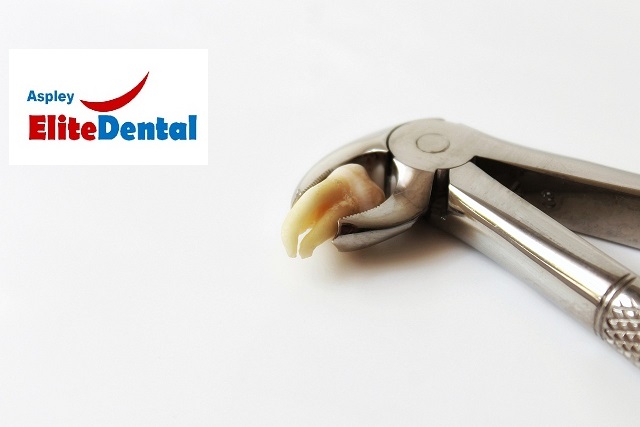Tooth extraction is a common dental procedure performed to remove a damaged or diseased tooth from its socket in the jawbone. While it may sound intimidating, modern advancements in dentistry have made tooth extractions relatively simple and virtually painless.
Why is Tooth Extraction Necessary?
There are various reasons why a tooth may need to be extracted. Some of the most common ones include:
- Severe tooth decay that cannot be restored with a filling or crown.
- Advanced gum disease that has led to loose teeth.
- Impacted wisdom teeth causing pain, infection, or alignment issues.
- Overcrowding, which may be necessary before orthodontic treatment.
- Fractured or broken teeth beyond repair.
- Preparing for dentures or dental implants.

The Tooth Extraction Procedure
Before the extraction, your dentist will perform a thorough examination, possibly including X-rays, to determine the best approach. The procedure itself typically involves the following steps:
- Anesthesia: Your dentist will administer local anesthesia to numb the area around the tooth to ensure you don’t feel any pain during the procedure. In some cases, general anesthesia may be used, particularly for complicated extractions or when multiple teeth are being removed.
- Extraction: Using specialized instruments, the dentist will gently loosen the tooth from its socket and carefully remove it. In some cases, the tooth may need to be sectioned into smaller pieces for easier removal.
- Stitches: Depending on the complexity of the extraction, your dentist may place stitches to promote faster healing. These stitches are typically dissolvable and do not require removal.
Aftercare and Recovery
Following tooth extraction, it’s crucial to take proper care of the site to ensure a smooth recovery. Here are some essential aftercare tips:
- Bite on Gauze: After the procedure, you’ll be asked to bite down on a piece of gauze to help stop any bleeding. Change the gauze as needed and follow your dentist’s instructions.
- Pain Management: Some discomfort is normal after the anesthesia wears off. Your dentist may prescribe pain medication or recommend over-the-counter pain relievers to manage any post-operative pain.
- Swelling and Ice Packs: Swelling is common after extraction. Applying an ice pack on the affected area for 15-20 minutes at a time can help reduce swelling and ease discomfort.
- Avoid Certain Foods: Stick to soft foods like soups, mashed potatoes, and yogurt for the first few days. Avoid hot, spicy, and crunchy foods that could irritate the extraction site.
- Oral Hygiene: Gently brush your teeth, but avoid the extraction site for the first 24 hours. Afterward, you can rinse your mouth with warm saltwater to promote healing and keep the area clean.
- Avoid Smoking and Alcohol: Smoking and alcohol consumption can hinder the healing process. Avoid them for at least 24 hours after extraction.
Complications and When to Seek Help
Although tooth extraction is generally safe, complications can arise. If you experience any of the following symptoms, contact your dentist immediately:
- Excessive bleeding that doesn’t subside.
- Severe pain not alleviated by medication.
- Signs of infection, such as fever or swelling.
- Numbness or loss of sensation.
- Persistent bad taste or odor in the mouth.
Tooth extraction may be necessary for various dental issues, but with proper care and attention, the procedure can lead to a healthy and pain-free smile. Always follow your dentist’s instructions for aftercare and recovery, and don’t hesitate to seek professional help if you encounter any concerns during the healing process. Remember, maintaining good oral hygiene and attending regular dental check-ups will help prevent future dental problems and the need for further extractions.
